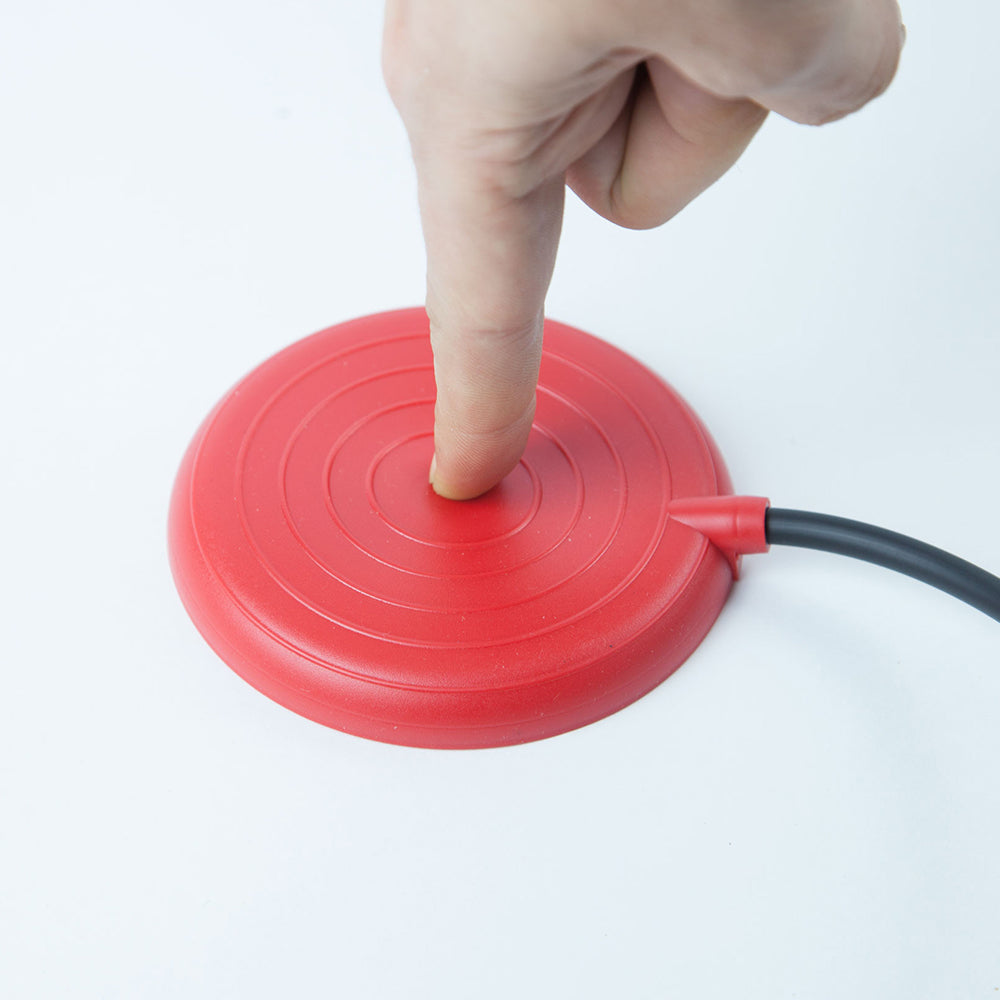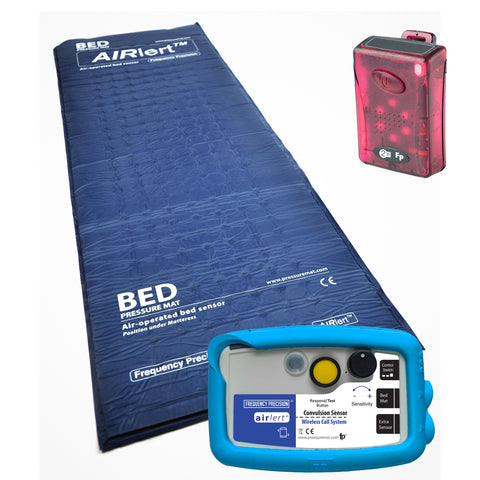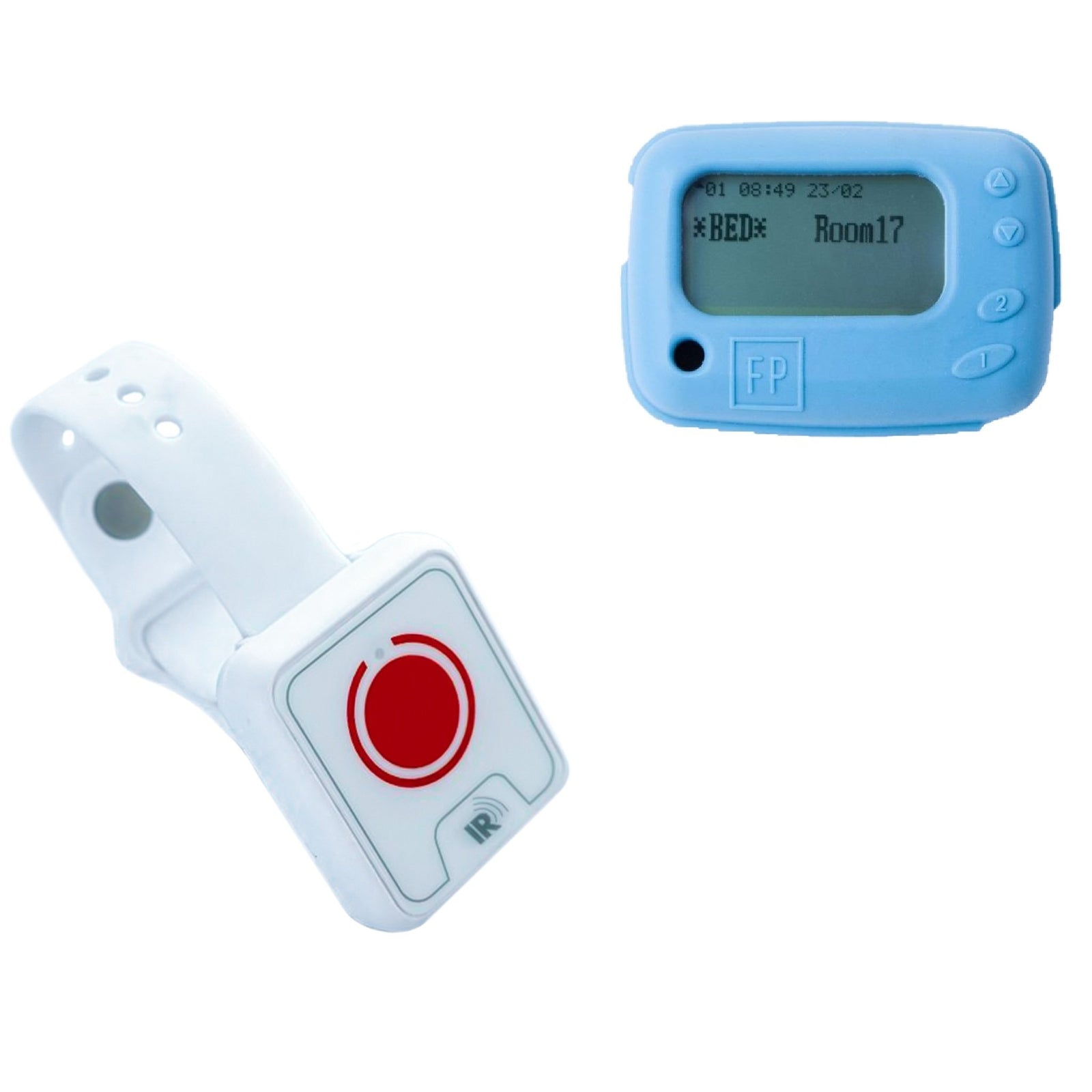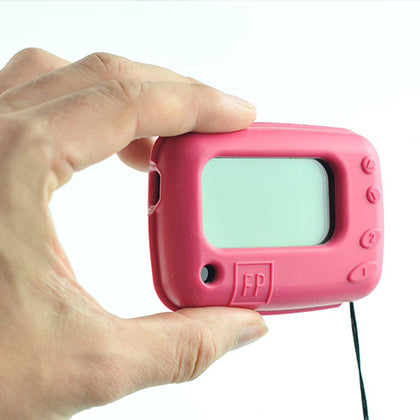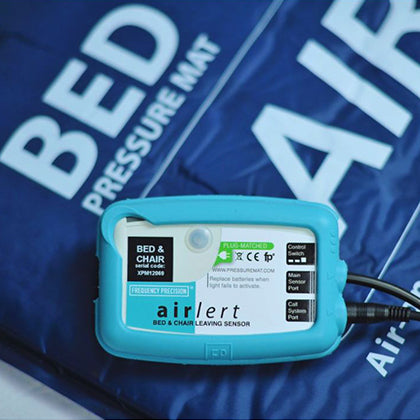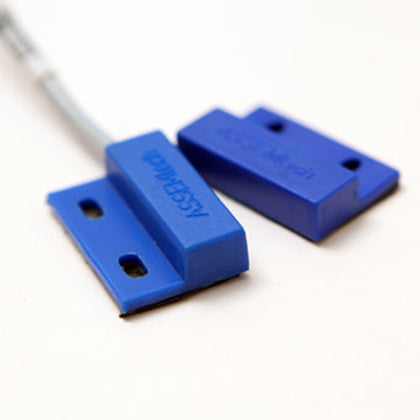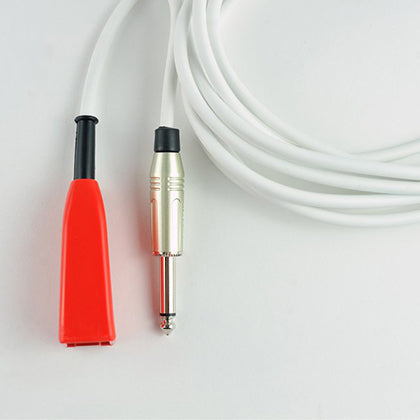Preventing falls in the elderly is crucial for maintaining their independence and safety. This guide provides practical steps for preventing falls in elderly individuals, from staying active and ensuring proper nutrition to making home modifications and using assistive devices. Read on to explore effective strategies for keeping your loved ones safe.
Key Takeaways
-
Regular physical activity, such as walking, tai chi, and strength training, is essential for reducing the risk of falls in older adults.
-
Proper nutrition and hydration, particularly adequate calcium and vitamin D intake, along with maintaining hydration, significantly contribute to preventing falls.
-
Making home modifications, wearing sensible footwear, and utilising assistive devices can greatly enhance safety and reduce fall risks for seniors.
Stay Physically Active
Regular physical activity is essential for maintaining independence and reducing fall risks among older adults. Engaging in an exercise programme can significantly enhance overall mobility and balance, making it easier to avoid falls. Simple activities like walking, chair-based exercises, and strength training can make a big difference in reducing your risk of falling.
Older adults staying active in various ways help them remain steady on their feet. From walking and tai chi to strength training, incorporating different types of physical activity can keep the body strong and agile. Professional guidance is also crucial to ensure that the exercise programmes are safe and effective for individual needs.
Remember, the goal is to stay active and engaged. Whether it’s through a structured exercise programme or daily activities, maintaining physical activity is a key component in preventing falls. This section covers specific exercises and professional advice that can help.
Walking and Tai Chi
Walking is a simple and effective way to stay active and improve balance. Regular walking can significantly enhance strength and stability, reducing the risk of falls. Tai chi, focusing on slow, deliberate movements, is particularly beneficial for older adults. It helps in improving movement, balance, and coordination, making it an excellent exercise for preventing falls.
Low-intensity exercises like tai chi can also boost the confidence of those who fear falling. Many community services offer exercise classes specifically designed to reduce fall risks. These structured balance programmes can significantly enhance stability and improve confidence, making daily activities safer and more manageable.
Strength Training
Strength training is vital for maintaining muscle mass and stability, which are crucial for fall prevention. Incorporating exercises that target different muscle groups can help offset muscle loss and enhance stability. Community organisations often offer exercise programmes designed to improve strength in older adults.
Adequate protein intake is also essential to support muscle strength and prevent falls.
Professional Guidance
Consulting with healthcare providers is essential to ensure that exercise programmes are safe and effective. Healthcare providers can conduct balance tests to assess fall risks and create personalised exercise plans tailored to individual needs.
Support services may also offer personalised programmes to improve strength and balance, providing the necessary support to avoid falls.
Ensure Proper Nutrition and Hydration
Nutrition and hydration play a crucial role in overall health and fall prevention. A balanced diet helps maintain strength and energy levels, which are essential for reducing fall risks. Monitoring appetite and ensuring adequate nutritional intake are important steps in maintaining health and preventing falls.
Staying hydrated is equally important. Dehydration can lead to lightheadedness and dizziness, increasing the risk of falls. Older adults should aim to drink 6 to 8 glasses of water daily to stay properly hydrated.
This section delves into maintaining a balanced diet and staying hydrated.
Balanced Diet
A balanced diet rich in essential nutrients is vital for maintaining strong bones and overall health. Calcium and vitamin D are particularly important for bone health. Older adults should consume calcium-rich foods such as dairy products, fortified cereals, and soya products. Vitamin D can be obtained from oily fish, eggs, and fortified spreads. Supplementation of vitamin D may be necessary during the autumn and winter months, especially for those with limited sun exposure.
Excessive alcohol consumption should be avoided as it can lead to the development of osteoporosis, a condition that weakens bones and increases the risk of falls. A balanced diet with the right nutrients significantly reduces the risk of falls and improves overall health.
Hydration
Staying hydrated is essential for preventing health complications that can lead to falls. Not drinking enough fluids can cause lightheadedness or dizziness, increasing the risk of falling.
Older adults should aim to drink 6 to 8 glasses of water daily to ensure they remain properly hydrated and reduce the risk of falls.
Wear Sensible Footwear
Wearing appropriate footwear is crucial in preventing falls among older adults. Properly fitting shoes with good support can significantly enhance stability and reduce the risk of falling. Shoes with non-slip soles are particularly effective in providing the necessary traction to prevent slips and trips.
Footwear should be chosen carefully to ensure it fits well and provides adequate support. High heels and slippers are not recommended as they lack the stability needed to prevent falls. This section explores the specifics of choosing the right footwear to enhance safety.
Avoid High Heels and Slippers
High heels and slippers are linked to an increased risk of falls due to their inadequate support and stability. Footwear that is backless or has a high heel can lead to instability and should be avoided by seniors.
Choosing shoes with a secure fit can prevent serious injury and falls, highlighting the importance of selecting footwear wisely.
Opt for Non-Slip Soles
Footwear with non-slip soles is essential for reducing the risk of slipping and improving overall safety for seniors. Shoes designed with non-slip soles provide essential traction and grip, which are crucial for maintaining balance and preventing falls. Additionally, using non-slip mats with slip-resistant backing can further enhance safety in various environments.
For better stability, it is recommended to wear high-sided shoes. These shoes should have low heels and a good grip.
Make Your Home Safer
Making simple modifications in the home can significantly reduce the risk of falls. Ensuring a safe living environment is a key aspect of fall prevention. Local councils can facilitate access to fall prevention services that include home assessments and community resources. These assessments can identify potential hazards and suggest necessary modifications to make the home safer.
Keeping walkways clear and removing potential tripping hazards can make a significant difference in preventing falls at home. Installing grab bars and ensuring adequate lighting are other effective measures to improve safety.
This section outlines specific strategies to make your home safer.
Remove Loose Rugs and Trailing Wires
Clutter, loose rugs, and trailing wires should be promptly removed to prevent tripping incidents. Eliminating loose carpets and electrical cords can significantly reduce tripping hazards that may lead to falls. Rugs should be secured with non-slip backing or removed entirely to eliminate tripping risks.
Maintaining a clutter-free environment by eliminating tripping hazards is essential for fall prevention. Simple adjustments in the home environment can lead to a significant decrease in fall risks for the elderly.
Improve Lighting
Ensuring that all areas, especially hallways and stairs, are well-lit helps in reducing fall risks. Adequate illumination is crucial, particularly in high-risk areas like staircases and hallways.
Installing brighter light bulbs and ensuring light switches are easily accessible can enhance visibility and safety, especially at night.
Install Handrails and Grab Bars
Installing handrails on stairs and grab bars in bathrooms provides essential support for the elderly. These modifications help minimise fall risks by offering crucial support while navigating hazardous areas.
An occupational therapist can evaluate an individual’s living environment and suggest tailored modifications to reduce fall risks.
Schedule Regular Health Check-ups
Regular health check-ups are vital for fall prevention. Healthcare professionals take falls very seriously due to their significant health impacts. A doctor can provide a fall risk assessment or referral to a fall prevention service for older adults who have experienced a fall. These assessments help identify individual needs and create action plans to address them.
Reviewing medications with a healthcare provider is also crucial to avoid side effects that can increase the risk of falling. Regular health check-ups ensure that any health conditions affecting balance and mobility are managed effectively, reducing the risk of falls.
Eye and Ear Checks
Vision and hearing play vital roles in maintaining balance and preventing falls. Older adults should have their eyes tested at least every two years and check for any hearing problems that might affect their balance.
Early detection of eye conditions and addressing hearing issues can significantly reduce fall risk factors.
Medication Review
Reviewing medications with a healthcare professional can help identify drugs that may impair balance. Some medications have side effects that can exacerbate dizziness or coordination issues. Regular medication reviews ensure that any harmful side effects are managed, reducing the risk of falls.
Use Assistive Devices
Assistive devices can enhance mobility and stability for seniors, reducing the risk of falls. Devices such as walking sticks and frames provide physical support and help maintain balance during movement. Using these devices can significantly improve stability and prevent falls.
Consulting an occupational therapist is crucial for assessing fall risks and needs. They can recommend suitable assistive devices and suggest home modifications to enhance safety. This section details how these professionals can help.
Consult an Occupational Therapist
An occupational therapist can evaluate an individual’s needs and capabilities, recommending suitable assistive devices. They assess fall risks and suggest appropriate tools and modifications to enhance stability and safety.
Consulting an occupational therapist ensures personalised and effective fall prevention strategies.
Home Modifications
Home modifications are essential for reducing fall risks among elderly individuals. Simple changes like adding grab bars in the bathroom, using raised toilet seats, and installing bed rails can make a significant difference in preventing falls.
These modifications ensure that the home environment is safer and more accessible.
Address Fear of Falling
Fear of falling is a common concern among older adults and can lead to decreased physical activity and increased social isolation. This fear often results in a vicious cycle where reduced activity leads to muscle weakness, increasing fall risks. Addressing this fear is crucial for maintaining physical activity and confidence.
Effective communication and support can empower seniors to overcome their fear of falling. By providing clear information about fall risks and prevention strategies, older adults can feel more confident in their movements.
This section explores strategies to build confidence and engage in balance programmes, as failing to do so may cause individuals to lose confidence.
Building Confidence
Building confidence is key to preventing falls. Effective communication with seniors about fall prevention can empower them and help maintain their safety and independence. Support groups and community support can provide emotional encouragement and practical advice, helping to reduce the fear of falling among seniors.
Balance Programmes
Balance programmes are vital in promoting stability, confidence, and overall well-being among the elderly. Engaging in physical activities like walking, tai chi, and strength training can significantly reduce the risk of falling.
Professional guidance for tailored exercise programmes focused on balance improvement is essential for maintaining muscle mass and enhancing stability.
Consider Telecare Solutions
Telecare technology provides peace of mind and immediate assistance for falls. Personal alarms, bed or chair sensors, and fall detectors are all part of telecare solutions that ensure prompt help when needed. These systems can automatically notify emergency services or designated individuals, ensuring that help is always at hand.
Integrating telecare and monitoring technologies can significantly enhance safety and provide quicker emergency responses. For instance, bed monitors can signal if someone has left their bed unexpectedly, and pendant alarms allow users to request immediate assistance by pressing a button.
This section delves into how emergency alerts and monitoring systems work to keep you safe.
Emergency Alerts
Telecare solutions offer peace of mind by providing integrated communication systems that can alert caregivers and emergency responders. In the event of a fall, these systems can automatically notify emergency services, ensuring prompt assistance.
Monitoring systems include sensors that detect falls and send immediate alerts to designated contacts, enhancing safety and reducing the risk of serious injuries from falls.
Monitoring Systems
Monitoring systems are vital for ensuring the ongoing safety of elderly individuals. Sensors like fall detectors can automatically alert emergency services when a fall is detected, ensuring a timely response. Silent alarms provide a discreet way for users to signal for help without alerting others.
Overall, the integration of monitoring systems and sensors provides peace of mind and ensures timely response during emergencies.
Seek Support Services
Support services play a crucial role in fall prevention and maintaining independence at home. Telecare services operate 24/7, ensuring help is available at any time. Utilising local council and community services can provide effective fall prevention support for the elderly, offering resources and assistance to create a safer living environment.
Local councils often provide home safety checks and handyperson schemes to assist elderly residents in modifying their homes for improved safety. Organisations like Age UK offer various support services, including social activities, befriending services, and transportation assistance, helping seniors stay engaged and reduce isolation.
Home Safety Assessments
Home safety assessments are crucial in identifying and mitigating fall hazards in elderly individuals’ living environments. Local councils can offer these assessments and provide handyperson schemes to assist with necessary home modifications.
These assessments help ensure that the home is safe and accessible, reducing the risk of falls.
Community Resources
Community resources play a vital role in supporting the elderly and preventing falls. Age UK, for example, provides a helpline offering free advice and support. Many local branches run various social activities, promoting engagement and reducing isolation among seniors.
Befriending services and transportation assistance are also available, helping seniors maintain an active and connected lifestyle.
Summary
In summary, preventing falls among the elderly requires a multi-faceted approach that includes staying physically active, maintaining proper nutrition and hydration, wearing sensible footwear, making the home safer, scheduling regular health check-ups, using assistive devices, addressing fear of falling, considering telecare solutions, and seeking support services. Each of these strategies plays a crucial role in reducing fall risks and enhancing the overall quality of life for older adults.
Implementing these tips can significantly reduce the risk of falls and help maintain independence and safety. By staying proactive and seeking the necessary support, older adults can enjoy a higher quality of life and greater peace of mind. Remember, fall prevention is a continuous process, and staying informed and prepared is key to staying safe.
Frequently Asked Questions
What are the most effective exercises for preventing falls?
Engaging in activities such as walking, tai chi, and strength training is highly effective in enhancing balance and coordination, thereby preventing falls. Prioritising these exercises can significantly reduce the risk of falling.
How can I make my home safer to prevent falls?
To enhance safety and prevent falls in your home, consider removing loose rugs, improving lighting, and installing handrails and grab bars. These modifications can greatly reduce the risk of accidents.
Why is it important to stay hydrated for fall prevention?
Staying hydrated is crucial for fall prevention as it helps reduce lightheadedness and dizziness, factors that significantly increase the risk of falls. Older adults should aim to consume 6 to 8 glasses of water daily to maintain their hydration levels.
How can telecare solutions help in preventing falls?
Telecare solutions can significantly aid in fall prevention by offering immediate assistance through automatic alerts to emergency services or designated contacts upon detecting a fall, ensuring timely support for the individual.
What role do community resources play in fall prevention?
Community resources are crucial in fall prevention as they provide support services and social activities that keep seniors engaged and reduce isolation, ultimately helping to lower the risk of falls.

